
Turmeric (姜黄) is a yellow root deriving from the ginger family and a flavorful addition to many tasty dishes. Turmeric is a commonly used spice in Southeast Asian cuisine, especially in Malay, Indian and Thai food. Curcumin, an active compound in turmeric, is known for its antioxidant and anti-inflammatory activity that can promote healing. Like ginger, studies have found that turmeric may have pain-reducing power equal in some cases to that of prescription and over-the-counter medications. In clinical studies, turmeric’s anti-inflammatory action appears to help improve rheumatoid arthritis, osteoarthritis, gout, post-operative inflammation, Crohn’s disease, ulcerative colitis, irritable bowel syndrome, and stomach ulcers.
For many, the traditional and natural designation adds appeal to turmeric. In a push toward better health, dietary supplements are tempting little shortcuts. Natural health products are easy to find in the grocery or drugstore. They’re accessible, whereas visiting a doctor for a prescription takes money and time. They also pose a potentially way to soothe achy knees or other ailments, without the side effects of aspirin and other Nonsteroidal Anti-Inflammatory Drugs (NSAIDs). Combined with high health care costs today, people look for promising ways to prevent cancer, dementia and heart disease, or find a path toward a restful night’s sleep.
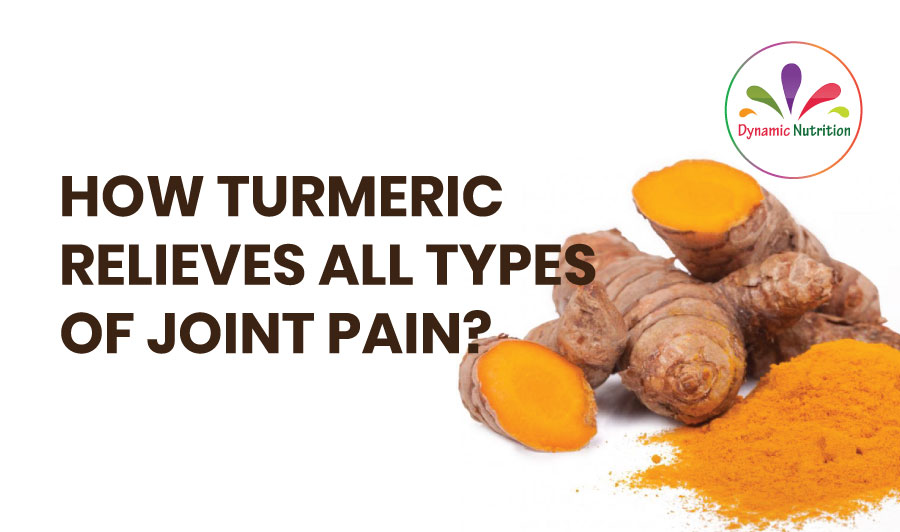
Use As A Joint Pain Relief
Low doses, usually one 500 mg capsule of turmeric daily, can have many benefits for those without diagnosed health conditions. In addition to offering antioxidant properties toward overall health, one of its most significant properties is use as an anti-inflammatory agent. A small amount introduced to the diet has been shown to be beneficial to anyone who wants to be proactive in preventing discomfort, such as muscle soreness after exercise.
The measurement of the root’s effectiveness is determined through a visual analog scale, rating pain from zero to 10. Some studies show a consistent decrease in pain. Another scale used to measure joint pain is WOMAC, the Western Ontario and McMaster Universities Arthritis Index. This scale determines the level of hip and knee osteoarthritis in patients, many of whom have benefited from turmeric.
Turmeric Prevents Gout Attack
Gout attacks stem from an increase of uric acid in the blood. Turmeric can help lower blood urate levels and increase the excretion of uric acid when you urinate – do remember to increase your water intake throughout the day!
Turmeric does this by regulating the activity of the proteins associated with the transport of uric acid. It also inhibits specific biochemical pathways and, as a result, improves kidney function. Both of these actions allow for more uric acid excretion and reduce the risk of uric acid buildup.
Also, gout is an inflammatory disease, and turmeric is an anti-inflammatory agent. It works differently than other anti-inflammatories, though.
Conventional anti-inflammatories act on just one inflammatory enzyme. Turmeric, on the other hand, has an effect on several inflammatory enzymes and inflammatory pathways. This makes it more effective than other treatment options. One study found that turmeric can modulate 30 different molecular targets to help reduce inflammation throughout the body.
Does It Work For Osteoarthritis?
Osteoarthritis is a degenerative joint disease that is the most common type of arthritis. Usually, it occurs among people of advanced age. But it can begin in middle age or even sooner, especially if there’s been an injury to the joint. While there are treatments available — exercise, braces or canes, loss of excess weight, various pain relievers and anti-inflammatory medicines — these are no cures, and none of the treatments are predictably effective.
A study published in BMC suggests that curcumin, a naturally occurring substance found in a common spice, might help ease osteoarthritis pain. In the study, researchers enrolled 139 people with symptoms of knee osteoarthritis. Their symptoms were at least moderately severe and required treatment with a nonsteroidal anti-inflammatory drug (NSAID). For one month, they were given the NSAID diclofenac (50 mg, twice daily) or curcumin (500 mg, three times daily).
Why curcumin? It’s a natural substance, found in the spice turmeric, that has anti-inflammatory effects. Its use has been advocated for cardiovascular health, arthritis, and a host of other conditions. However, well-designed studies of its health benefits are limited.
Here’s what this study found:
- Both treatments relieved arthritis symptoms and helped to a similar degree: 94% of those taking curcumin and 97% of those taking diclofenac reported at least 50% improvement.
- People reported fewer side effects with curcumin. For example, none of the study subjects taking curcumin needed treatment for stomach trouble, but 28% of those taking diclofenac needed treatment.
- Those taking curcumin lost, on average, nearly 2% of their body weight in just four weeks — that’s 3.5 pounds for a 175-pound person.
Can Turmeric Help Treat Rheumatoid Arthritis?
Rheumatoid arthritis is a long-term autoimmune condition that causes inflammation, pain, and stiffness in the joints. Some research suggests that the spice turmeric may help relieve the inflammatory symptoms of this condition.
A 2017 study involving 36 people with RA tested a bioavailable formulation of curcumin. After 90 days of treatment, the participants who took curcumin reported significant improvements in their pain and inflammation compared with those in the placebo group.
A newer study from 2018 investigated the effects of curcumin in a rat model of RA. The study indicated that curcumin reduced joint inflammation and redness in these rats by blocking an intracellular signaling process called the mTOR pathway.
The authors concluded that the results provide evidence of the anti-arthritic properties of curcumin and its potential for treating RA. However, further research in humans is necessary to confirm these findings.
Turmeric For Back Pain
Back pain is currently estimated to be the single most common cause of disability in the UK, and the second most common in North America. This has led some authors to refer to back issues as an “epidemic”, particularly as the number of affected individuals seems to be on the rise.
Part of the problem with back pain is that it can have many different causes, and identifying these can be challenging, even for medical professionals. What we can say, however, is that the most common cause of back problems seems to be muscle or ligament damage.
Research has shown that using turmeric for inflammation may help reduce the pain for both upper and lower back pain by reducing the body’s natural inflammatory response. Turmeric is also a powerful antioxidant capable of improving our immune system response. It’s important to note; curcumin will not repair herniated discs, sciatica, or physical problems with the spine. But, it may reduce inflammation, improve oxygen and nutrient flow, and promote the healing process.
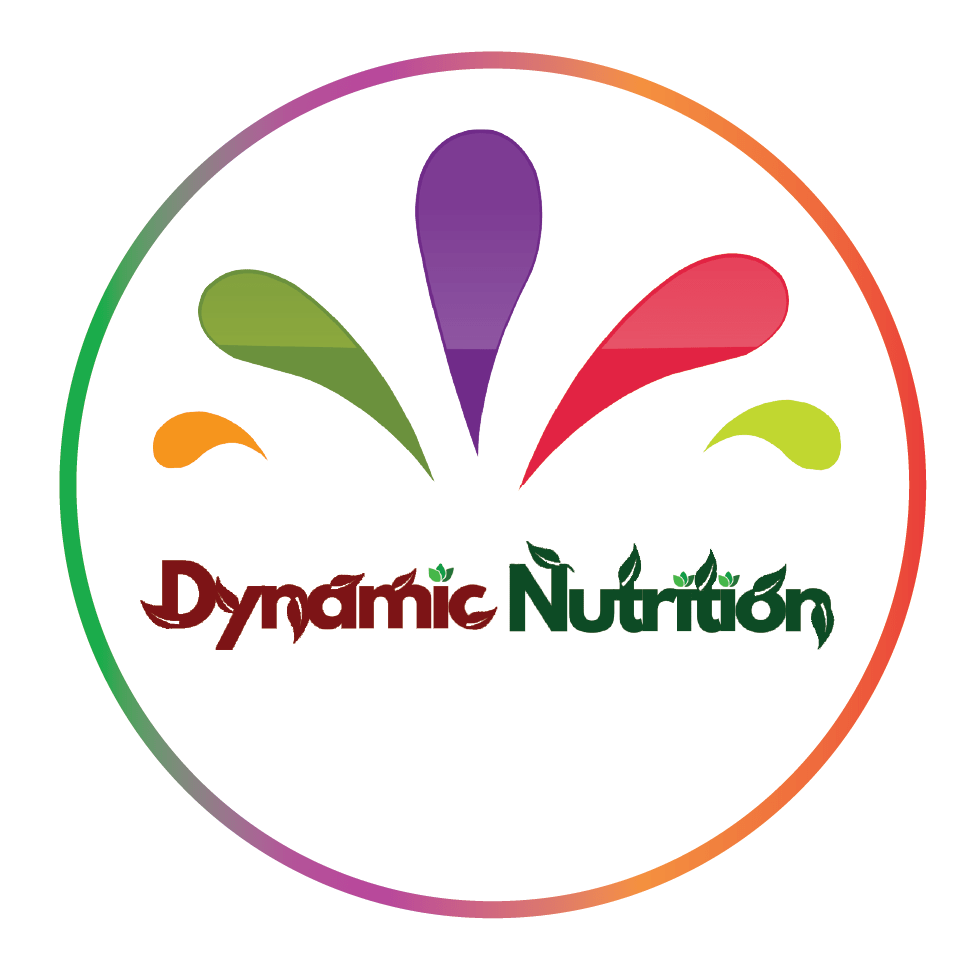
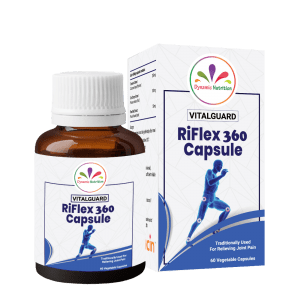
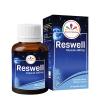
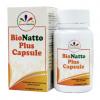
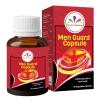
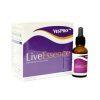
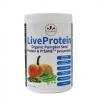

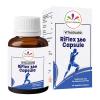
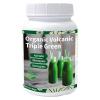
Facebook Comments